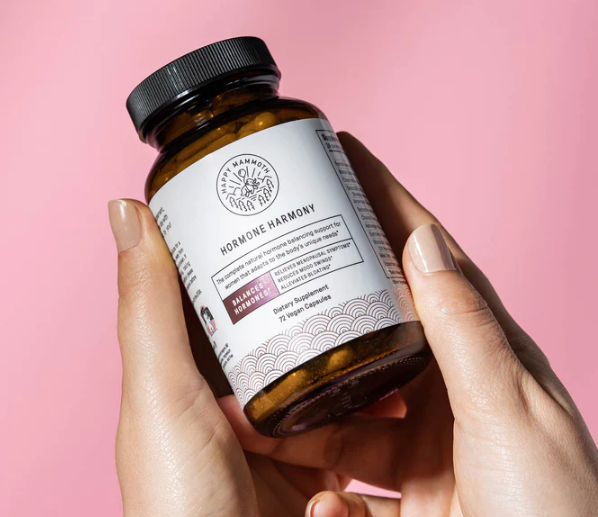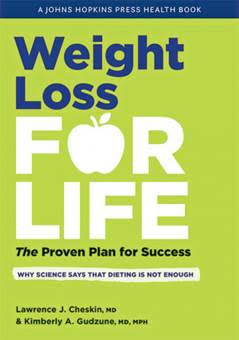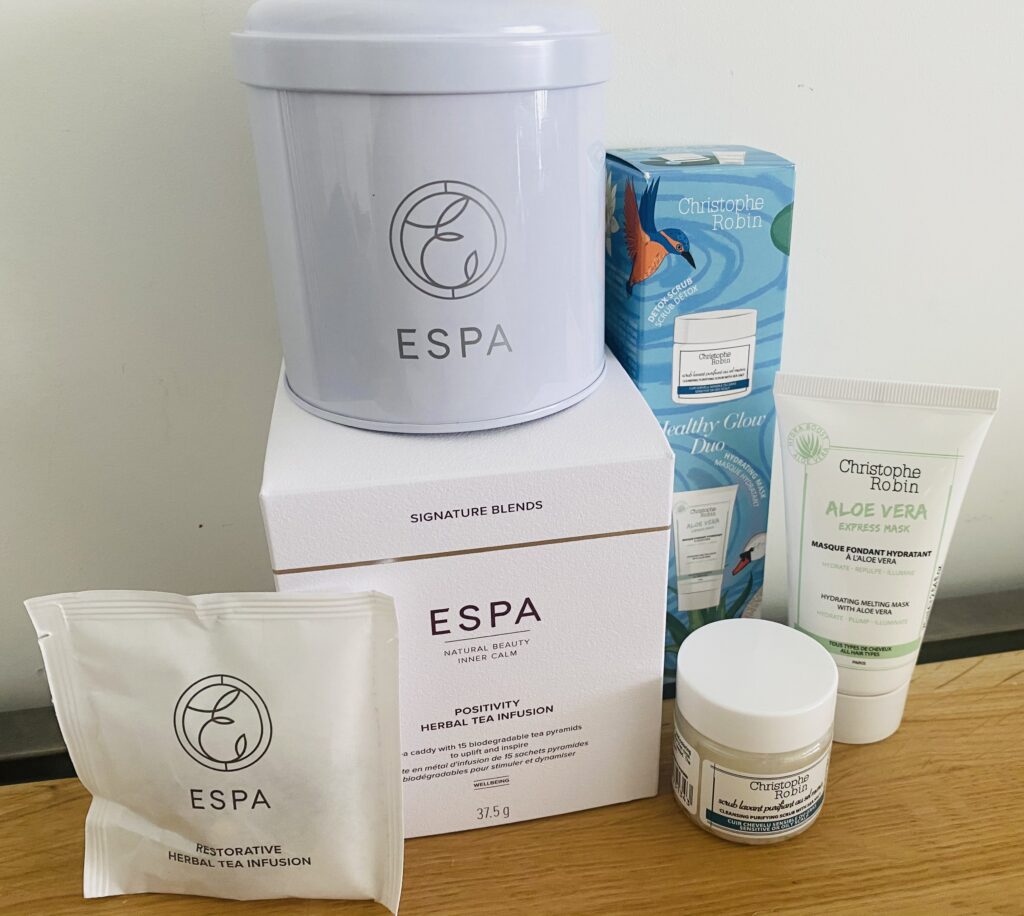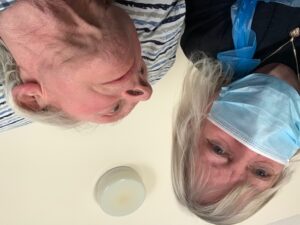
An ominous feeling came back to me today. Covid is back in the care home. Not in Bob’s wing but still, it seems to be getting closer. I have heard of so many people with it in our market town. I am being ultra careful. PCRs and lateral flows on visiting. I cannot go back to not seeing Bob again. As an Essential Caregiver I should be OK – even with an outbreak, providing I don’t catch it! At least that information is in the government guidance due to Bob being ‘end of life’.
I heard that some staff who have not been vaccinated (as Nov 21 government direction) have left and I wonder how this will affect the staff ratio. At least I can help Bob when I’m here so they won’t have to worry about feeding him. I put on the PPE and walk swiftly to his room.
Bob is very tired today. He is laid in bed comfy and warm. His head has fallen off his pillow and he is lolling over the raised plastic sides of the special ripple bed.
I kiss his forehead and tell him I am there. ‘Chris is here and I love you very much’
He smiles in his sleep and I am content with that.
I arranged the things I had brought for him. The can of lemonade, the blackcurrant tart and the chocolate buttons. The iPad is already loaded with the music for the afternoon. Fleetwood Mac and The Beatles are the albums for today. I always show him the LP cover. Sometimes he reads the title and the group. I wonder if he can remember something of the design. These LP covers were so well thumbed by Bob in the 70s and 80s.
I start the music softly even though Bob is asleep because I think he might hear it and wake a little. I am struck by the beauty of the lyrics of Songbird.
Apparently McVeigh wrote it about the self sacrifice of love and about how much love the band members had shared together over many years. I too feel that sentiment in the quietness of Bob’s almost stark room; an enormity of love for him. For everything we have shared together, a whole lifetime of experiences and good times. I know he is on his final journey and he is leaving me a little more each time.
He tries so hard to get back to me, and I still valiantly try to stir a memory, however faint. His furrowed brow, his look of bewilderment are etched on his face regularly now. He will put his hands to his head and will shout nonsensical words and sometimes pull at his head as though in an insane terrified fever. It must be terrible to try and make sense of something that was once so well known, or have a memory at arm’s length, never to grasp it. It is awful to watch. But he looks very peaceful today.

I decide to clean his nails whilst he is asleep as he is sensitive to the slightest touch. He doesn’t resist when he is asleep and the liquid soap and wet ones soon do the job.
I have decided to chat like I always would even if Bob is asleep or inside himself. To be normal. To tell him my news and send all the messages from friends and family. I give him a kiss from Joe and a kiss from Eddie, our sons. I tell him I helped out at the sing a long at The Dementia Cafe this week. I tell him they gave me the microphone and I ended up singing at the front. I tell him someone asked me if I was your wife and told me that they had worked with you at Tedder Hall and to give you a hug from them. They said you were a lovely man. But of course I know this!
After two hours you begin to wake. I sit next to you so that your eyes, when they open, are at my level. ‘ Hello darling it’s Chris and I’ve come to see you’
You smile like you know what I’m saying. Well that’s a good start.
I ask the carers to sit him up as his core strength has gone and he always sleeps on a slant and then gets in an awkward position. The ladies move him onto a pillow and I sit him up on the ripple bed. I put on his glasses and tell him again who I am. He looks vacant and seems to be staring ahead, not really seeing.
I have a routine and it is familiar to Bob as I do the same thing every visit.
I tell him I’ve brought him chocolate buttons and he opens his mouth ready for me to put some in. He understood that alright! It gets him in a good mood.
Then I try to get the drinks down him. He sometimes doesn’t seem to drink much. It takes a long time and patience is needed. I have that. I always see a difference once I get the fluids into him. I pour the lemonade into a small lipped beaker. It’s a job to make sure I don’t give him too much at a time. Being vigilant I manage two beakers of drink. I try to get 3-4 down him in the 3-4 hrs I stay. He seems to wake a little more.
‘I’m staying to give you your tea tonight Bob.’ It is mashed potato, carrots, spring greens and meatloaf, all chopped up of course. I have brought in the pudding – blackcurrant tart. I feed Bob with a spoon. He takes a while but today he eats quite well and doesn’t push it back on the spoon. The blackcurrant tart chopped into small pieces is enjoyed but it’s always the puddings that go down well. Recently I’ve taken to making him food from home and he loves that and his mouth opens wide. Pasta and poached salmon are his favourites.
After tea I put on the TV for the 6 pm news. Bob always watched the news. He sometimes says’ Hello’ to the newsreader. But before that it’s Tipping Point which he loves. He likes to see the counters dropping down and he can still read the amounts of money the contestants win. I always give him a commentary of what is happening and he seems to get something positive from it.
I have learnt that to say ‘I’m going now’ makes him agitated so I now say ‘ I’m going to order you a hot chocolate’. I give him another kiss and leave. He is content.
It has become increasingly difficult to think how to help Bob have a good visit. He is getting so he is unable to respond or understand much nowadays. I have had to come to terms with the fact that perhaps this is a good visit now. This is the best I can expect.
Occasionally he will say ‘ You’re lovely’ or You’re my best friend’ or if I’m lucky ‘Thank you, I love you’. In some ways that’s harder when he seems to realise, but I’d take those words any day.








